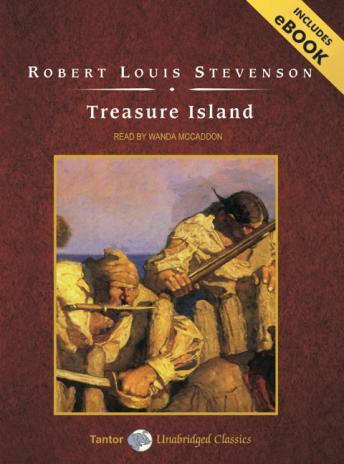


Afterwards, the story grows almost organically from the invented scene. At first Stevenson draws the fictional map of treasure island without deliberate intention of doing something with it. Maps immensely fascinate the author and fuel his fantasy. I think little of these, they are trifles and details and no man can hope to have a monopoly of skeletons or make a corner in talking birds.īut at least in one respect Stevenson has created something genuinely of his own in “Treasure Island”: the treasure map. No doubt the skeleton is conveyed from Poe. No doubt the parrot once belonged to Robinson Crusoe. In an essay on how he wrote the novel he says that he never enjoyed working on a book as much as he enjoyed working on “Treasure Island”, and adds: “It is not to be wondered at, for stolen waters are proverbially sweet. That many of these ideas are not originally Stevenson’s own doesn’t bother him much. That we imagine pirates with a peg leg and a parrot perched on the shoulder must be credited to “Treasure Island”, just like the ideas we have of pirate ships, tropical islands with buried chests, and treasure maps, on which the treasure is marked with an x. But even with – or perhaps because of – that plain style, the novel has sparked the imagination of countless children and those adults who have remained children at heart, and sent them on adventures with Jim Hawkins and Long John Silver. Since it is meant to be a story for boys, the author explains, there is “no need of psychology or fine writing”, a rather plain style will do.

Between 18, the story is published in individual chapters in the weekly children’s literary magazine “Young Folks”. Stevenson belongs to a rather small subcategory of so-called world literature: young adult fiction.

“Treasure Island” by Scottish author R.L. Manesse Bibliothek der Weltliteratur, published in 1971


 0 kommentar(er)
0 kommentar(er)
